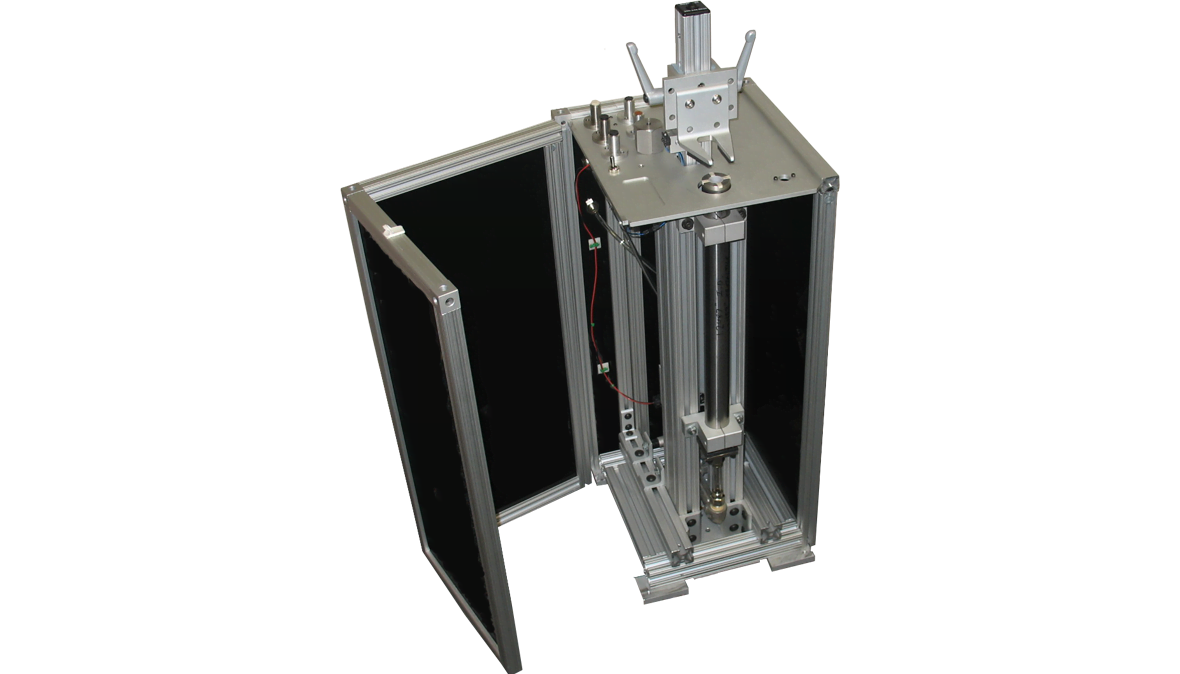TYPE 3629 WITH TYPE 5310
Low Shock Transducer Calibration System
An automatic calibration system with user interface in common with Type 5308 that provides traceable calibration up to levels of 10,000 g for transducers by comparison to a reference transducer according to ISO 16063-22.
Angebot anfordernThe 10,000 g Shock Transducer Calibration System Type 3629 with software Type 5310 is an easy-to-use, automatic calibration system with user interface in common with 5308 that provides traceable calibration up to levels of 10,000 g for a wide range of transducers by comparison to a reference transducer according to ISO 16063-22.
The hardware for the basic system with Shock Calibration Software Type 5310 consists of a LAN-XI PULSE™ front-end that provides the necessary inputs, conditioners and a Comparison Shock Calibrator for shock generation. For levels up to 5000g 50 kHz bandwidth is recommended and at higher levels or shorter durations 100 or 200 kHz bandwidth inputs are recommended. A charge converter Type 2647 with 0.1 mV/pC gain is used to accommodate the large signals at high levels for most piezoelectric transducers, optionally a 2 channel NEXUS Type 2692-W-001 can be used.
USE SCENARIOS
- Shock calibration up to 10.000g (100.000 m/s2) of transducers according to ISO16063–22
- Fast and accurate amplitude linearity calibration of transducers
- Generation of complete certificates in Microsoft® Word according to ISO 17025
- Supervision of measuring instrumentation according to ISO9000
FEATURES
- Comparison shock calibration using calibrated reference
- Choice of one level multi-shock or multi-level linearity calibration with best line fitting
- Maximum calculation from multiple samples to avoid effects from irregular pulse shapes or ringing
- Calculation of zero-shift and determination of pulse duration
- Low expanded calibration uncertainty (1,4% @ 20 to 2000g)
- Shock range 20g to 10.000g, depending on exciter, PULSE™ front-end and reference transducer
- Based on proven Brüel & Kjær PULSE™ Multi-analyzer technology

Abonnieren Sie unseren Newsletter zum Thema Schall und Schwingung

